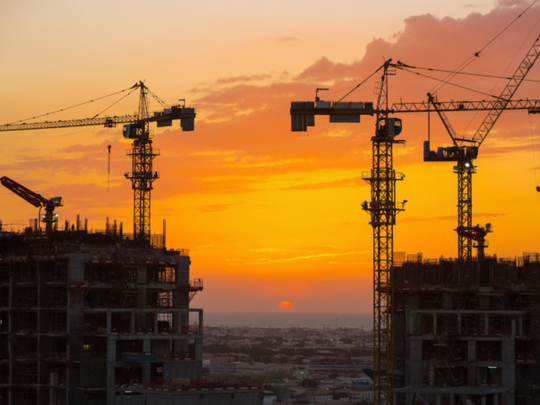
As urbanisation expands to sustain economic growth, the construction sector is seen to continue putting pressure on the environment, which is already being hugely impacted by various industries. Understanding where all these impacts come from has become necessary for organisations involved to take action and adopt sustainable practices.
Researchers have classified about nine categories of the construction sector’s environmental footprint and at least 37 specific environmental consequences, which include air, water, soil and noise pollution; natural resources consumption; disruption in biodiversity; waste generation; land use implications; and transport-related impacts, among many others.
Construction waste
Different kinds of pollution such as dust particles and noise from construction sites affect human health, contributing to stress and other debilitating conditions. They disturb the natural habitats of plants and animals as well. Reports have revealed that the construction industry is responsible for around 4 per cent of particulate emissions in the atmosphere. Construction waste and other harmful chemicals from oil, paint and other solvents used in buildings also contribute to water and soil pollution.
Carbon emissions from non-renewable sources also make the built environment a culprit in global warming, which is brought about by greenhouse gas emissions. Energy-efficient green buildings have proliferated in recent years and are seen as positive contributions of the built environment sector to curb its environmental impacts. However, these are not the only factors and contributors.
Positive strides
There is a compelling need to go beyond we see, such as the construction materials used in buildings. How are the materials contributing to mining, deforestation and other elements within the supply chain, including labour concerns and the health and safety of the people working in the sector?
However, globally the built environment sector has also made strides in developing new ways to achieve sustainability. Studying the life cycle of buildings has led to companies practicing sustainable procurement and a range of alternative and eco-friendly building materials have come into the supply chain. Health and safety issues as well as workers’ rights have also come into the spotlight in recent years and many construction companies have started seriously addressing these concerns.
The life-cycle assessment of buildings can be a source of enlightenment for the industry. This can help companies integrate corporate social responsibility and sustainability efforts throughout the construction process and create an infrastructure that functions sustainably and provides long-term service to the community.











